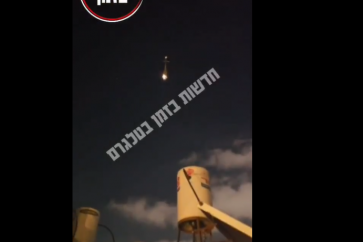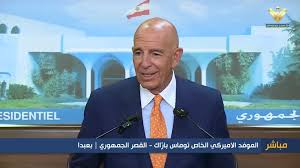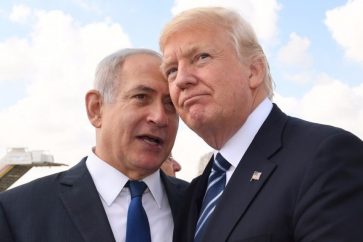In reaction to the Democratic People’s Republic of Korea’s (DPRK) launching of an Intermediate Range Ballistic Missile over Japan on Tuesday, South Korean and US fighter jets conducted precision bombing drills, according to Seoul’s military.
Seoul’s Joint Chiefs of Staff said: “With the participation of four South Korean Air Force F-15Ks and four US Air Force F-16 fighters, South Korea’s F-15K fired two joint direct attack munition (JDAM) bombs against a virtual target at the Jikdo shooting field in the West Sea,” referring to the Yellow Sea.
During the drills, however, there were reports of a failed missile that caused panic in South Korea’s coastal city of Gangneung earlier on Wednesday.
It is worth noting that there were no reported injuries following the malfunctioning missile.
Officials in Seoul apologized after a South Korean missile failed and crashed near Gangneung during one of the drills on Wednesday.
There were no reports of injuries, but the explosion from the malfunctioning missile caused panic in the South Korean coastal city among residents who were already worried about the North Korean missile, AP reports.
Tokyo said the missile’s 4,600 km range was feasibly the longest for a North Korean test flight, which are typically “lofted” higher into space to evade flying over neighboring countries.
The missile flew between 4,500 and 4,600 kilometers to a maximum altitude of about 1,000 kilometers, according to officials in Tokyo and Seoul.
The Joint Chiefs of Staff (JCS) of South Korea stated that it appeared to be an intermediate-range ballistic missile (IRBM) launched from the DPRK’s Jagang Province.
The DPRK has used that province to launch several recent tests, including multiple “hypersonic” missiles.
The latest launch was Pyongyang’s fifth in ten days, as the US, South Korea, and Japan flexed their military muscles; Last week, the three countries held trilateral anti-submarine exercises, which included a visit by a US aircraft carrier to South Korea for the first time since 2017.
This comes in addition to yet another provocative visit by a US official, this time by US Vice President Kamala Harris who was in Seoul on Thursday, touring the heavily fortified demilitarized zone that divides the peninsula in an effort to highlight her country’s “ironclad commitment to South Korea’s defense against the North”.
On August 2, US House Speaker Nancy Pelosi landed Tuesday in Taiwan’s capital amid great tensions between the US and China over Taiwan, marking the first visit made by a US House Speaker to the Island since 1997.
Source: Agencies (edited by Al-Manar English Website)




